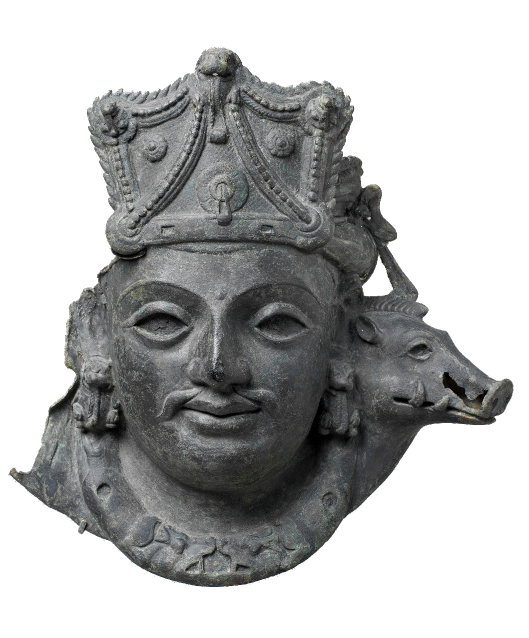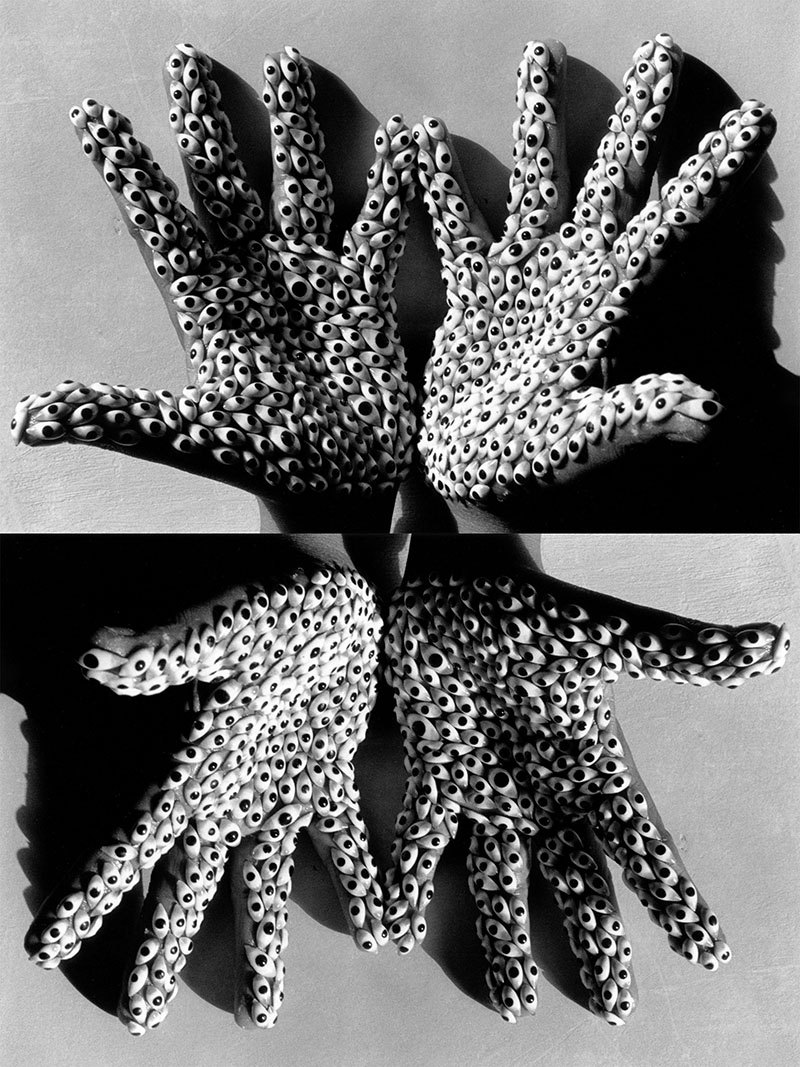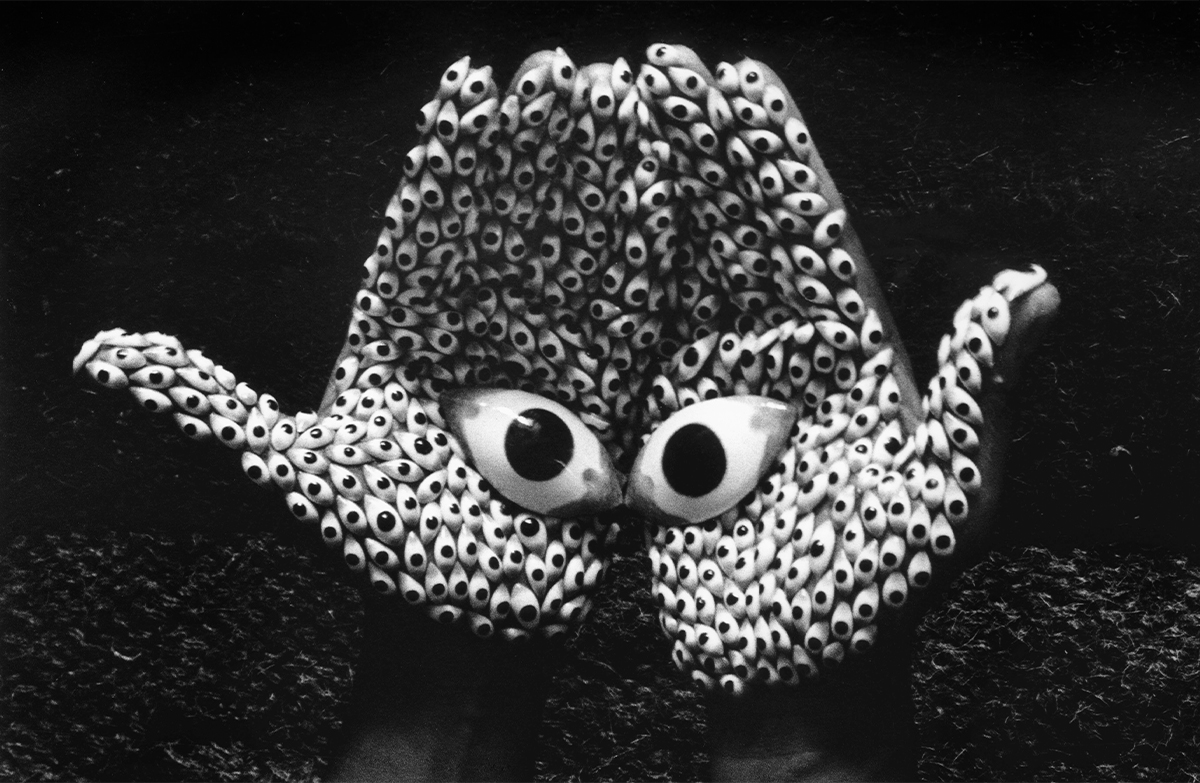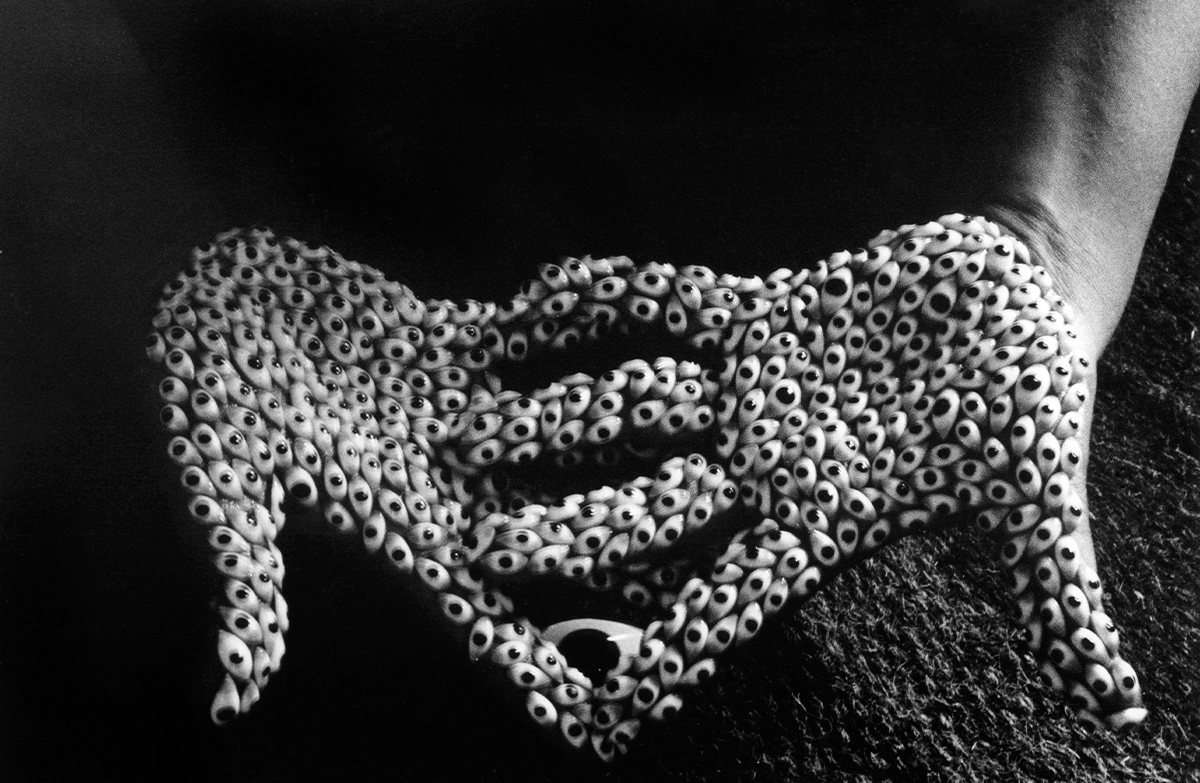An artist, art historian and critic, Anita Dube uses the mediums of sculpture, installation and text to explore how memory, history and mythology shape personal and collective experience.
Dube was born in Lucknow in 1958 to a family of medical professionals. She studied history at the Lady Shri Ram College for Women, New Delhi, before completing a master’s in art criticism from the Maharaja Sayajirao University in Vadodara. After this, she joined the short-lived Indian Radical Painters and Sculptors’ Association (also known as the Radical Group), becoming its only woman artist and the only member not from Kerala. She authored the catalogue for its most noted exhibition, Questions and Dialogue, held in Vadodara in 1987. The group disbanded in 1989, following the death of its founder, KP Krishnakumar.
After a brief stint as an art critic, Dube began making art full time. The concept of found objects, drawn from a variety of sources, occupies a central place in her practice and she has worked with a number of materials, including bones, dentures, velvet, beads, foam and plastic. Over the past decade, text and language have also emerged as significant elements in her art. Some notable works by her include Silence (Blood Wedding) (1999) and Strike (2014). In the first, she covered the bones of a human skeleton in velvet and beads to investigate notions of death and cultural heritage. In Strike, ceramic eyes – typically used in the creation of religious idols – are used in an installation centred around war and conflict.









